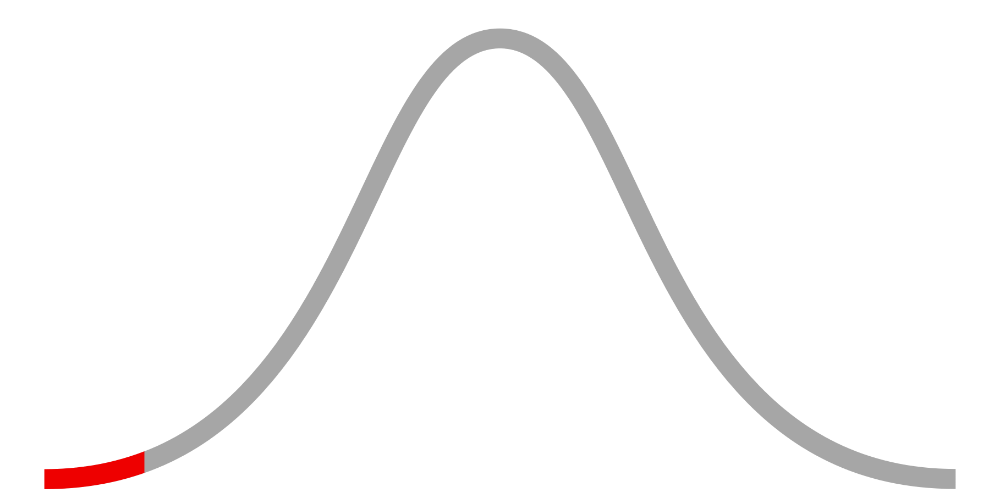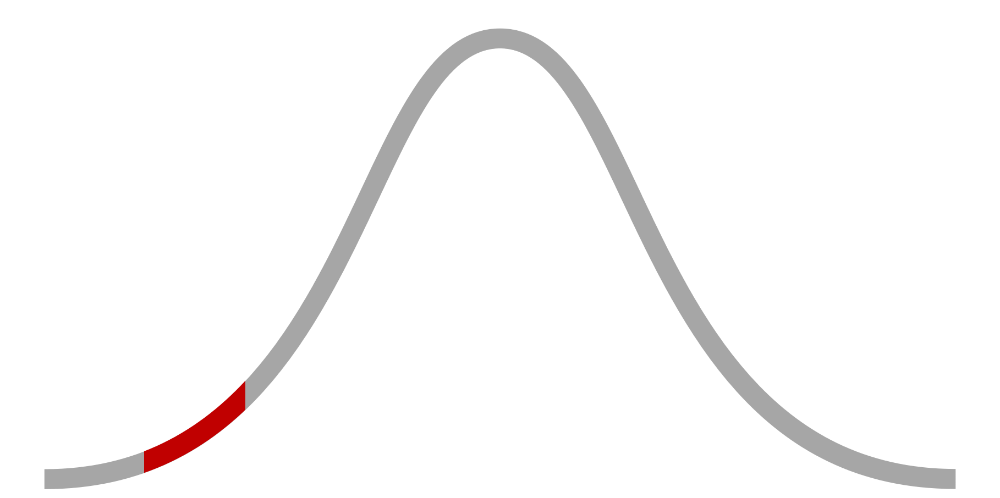 Summary & key points
Summary & key points
On June 15, 2012, South Korean K-pop artist Psy stunned the world with the release of his hit single called "Gangnam Style (강남스타일)." The viral music video features lots of action, amusing dance routines, and bright colors. The lyrics of the song discuss the culture of affluent individuals in the Gangnam region of South Korea. Moreso, Psy's lyrics describe nightlife, his behavior, attitudes towards potential romantic partners, and his affluent lifestyle. Psy's inclusion of enough details without disclosing more sensitive information demonstrates a typical example of the Specificity attribute.
Select media ©
Psy. Learn more











